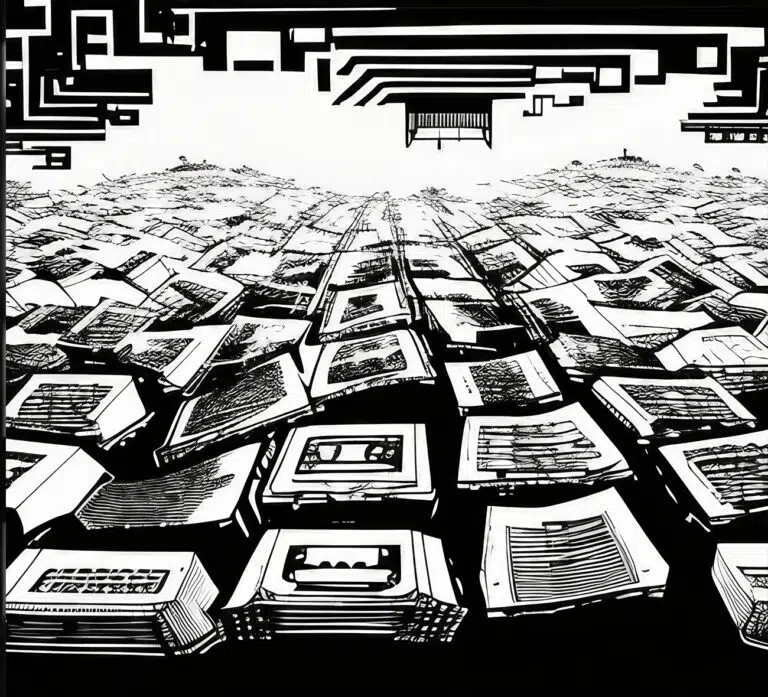Market Update
As the global economy continues to reel from high inflation and energy crisis, several currencies have seen their purchasing power and value decline against US Dollars. BTC trading volume against these has spiked in recent months, including the BTC-GBP pair, which rose 233% in September after the reserve currency fell to an all-time low of £1.03 against USD. The abnormal jump in trading volume suggests investors and traders could be hedging their weakened currencies with Bitcoin as well as stablecoins. After the Merge, daily staked ETH has increased from an average of 11,650 ETH from 1st of August to September 15th to an average of 22,950 from September 15th to the end of the month, an increase of 97.0%.
Binance Blockchain (BNB) hacked – potential loss of $100 million
Hackers have reportedly stolen 2 million Binance Coins (BNB), worth $566 million, from the Binance Bridge and soon after the attack began spreading some of the funds across a variety of liquidity pools, attempting to transfer the BNB into other assets.
An exploit on a cross-chain bridge, BSC Token Hub, resulted in extra BNB which the hackers transferred in two transactions of 1million BNB each. This hack had the potential to be “either the first or second biggest hack of all time however only ~$100million could be taken off chain. The real impact will be significantly lesser than the $566 million given the mitigation efforts undertaken by the community. This hack is similar to the recent Ronin and Harmony Cross-Chain Horizon Bridge exploits. Ronin was a private key exploit and the Harmony Bridge was broken cryptography—the exact methodology differs a bit, but same general principles of broken cryptographic verification.
DeFi space warming-up despite the Crypto-Winter
Lido Finance, the highly-popular liquid staking protocol has enjoyed a bullish uptick. LDO, the project’s native governance token, which is used to vote on various proposals to improve the project is currently up over 7%. LDO is still nearly 80% off from its all-time high of $7.3 set back in August 2021. There have been fewer technical updates for the staking project, but following the Ethereum merge last month, some of Lido’s fundamentals have improved. For instance, Staked Ethereum (stETH), the token that users receive in return for staking ETH on the platform, has moved closer to price parity with Ethereum. Currently, Ethereum trades at $1,347, while Staked Ethereum trades at $1,339, marking a discrepancy of roughly 0.6%. This is in stark contrast to the whopping 6% de-peg which occurred earlier this year. The average daily staked ETH has increased 97% during the last 15 days of September. LIDO’s continued dominance in the liquid staking niche, has also played a part in LDO’s recent rise.
MakerDAO know to be the unofficial central bank for DeFi; its decentralized stablecoin DAI is the third-largest dollar-pegged asset in the crypto market after Circle’s USDC and Tether’s USDT and has a market capitalization of over $758 million. The rise in MKR’s price comes amid several new proposals for the protocol. Recently, the Winklevii-led crypto exchange Gemini proposed depositing its native GUSD stablecoin with MakerDAO to generate a yield of 1.25%. Coinbase made a similar move earlier in September, offering the DeFi platform 1.5% on its USDC holdings. This adds continued fuel to Maker’s business model, which Token Terminal has established as being the third most profitable in the entire industry. Earnings, which Token Terminal defines as a project’s revenue minus its token incentives, for Maker are at $141.4 million since the sound business dashboard began. NFT marketplace OpenSea and crypto wallet provider MetaMask currently hold the top spots.
Chainlink’s native token LINK has enjoyed an upside in its price recently. Chainlink’s oracles are used throughout the decentralized finance (DeFi) sector to provide pricing data to various projects. Recently Chainlink and Coinbase Cloud, the San Francisco-based crypto exchange’s API and data service, have tied up to bring a similar offering to the world of non-fungible tokens. These new oracles will scan various blue-chip NFT prices across various marketplaces to determine the floor price, or lowest purchase price for a jpeg in a collection. Feeds like this would allow developers to build out more complex NFT-based projects, like indices and lending markets. Chainlink is also undergoing a hefty overhaul, with the project’s co-founder Sergey Nazarov announcing a new staking service to be launched in December. He also announced a partnership with Interbank messaging system to work on a proof-of-concept (PoC) project which would allow traditional finance firms the ability to transact across blockchain networks.
Maker DAO to invest $500mn into US Govt. Bonds
MakerDAO, the world’s largest decentralized finance (DeFi) lending protocol, who’s native coin is DAI which is the fourth largest stable coin has announced a plan to invest $500 million in short-term US treasury bonds and investment-grade corporate bonds. The split will see $400 million of the organization’s asset reserves put towards US treasury bonds, and $100 million invested in corporate bonds.
DeFi asset advisor Monetalis will oversee the conversion of $500 million worth of MakerDAO’s native stablecoin, DAI, into US dollars. Digital asset bank Sygnum will convert half the funds, while investment management firm Baillie Gifford will handle the other half. Those funds will then be used to purchase US treasuries and corporate bonds.
The impetus for the investment appears to be an effort to diversify the billions of dollars’ worth of funds currently collateralizing DAI, while also finding ways to get those funds to yield returns. Currently, the majority of Maker’s $9 billion DAI collateral pool is tied up in USDC, a stable coin that, by design, offers zero return on investment.
In August, MakerDAO’s founder, Rune Christensen, proposed divesting DAI from USDC due to concerns surrounding USDC’s creator, Circle. When, that month, the US Treasury Department sanctioned a list of wallet addresses associated with banned Ethereum coin mixing tool Tornado Cash, Circle voluntarily chose to freeze the USDC associated with those blacklisted wallets as a precautionary measure. Many at the time, including Christensen, saw the move as a concerning indication of Circle’s centralization and willingness to assist government censorship. Christensen labelled the behaviour inconsistent with MakerDAO’s ethos of decentralization.
That history makes today’s announced investment plan a bit of a left turn, as the organization is not converting its reserves into a decentralized cryptocurrency, as Christensen had proposed in August. Instead, the funds are going into assets backed directly by the U.S. government—which is about as centralized as it gets.






